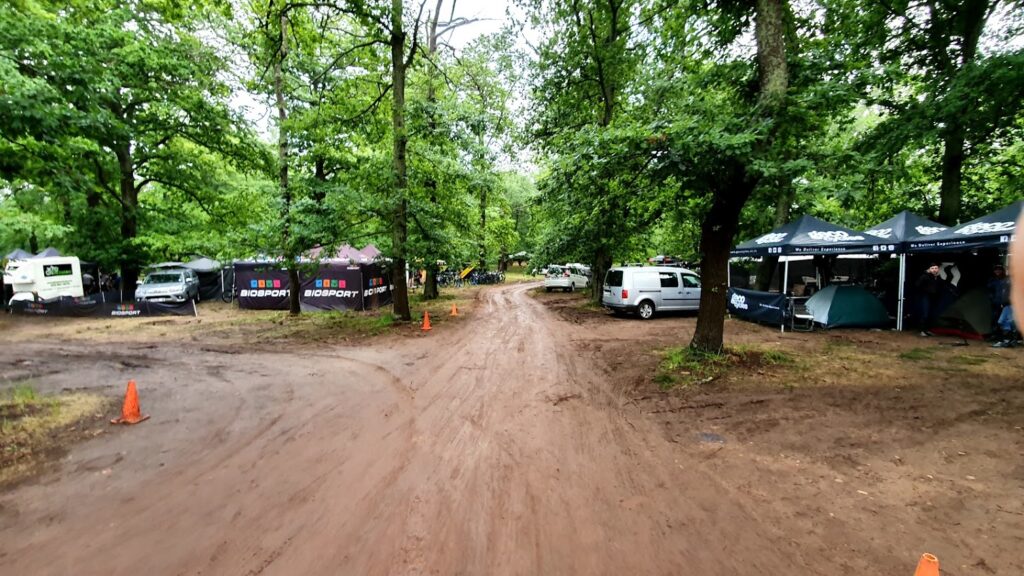
Wines2Whales is a series of events, each consisting of a 3-day mountain bike stage race, held in the Western Cape, South Africa. It has been going for just over a decade and is fairly popular, both locally and with visiting foreigners.
I’m not much of a race-fanatic but some friends of mine were competing and it looked like fun. Two weeks before the event in question (the “Chardonnay” race, 25-27 October 2019) I found tickets for sale on BikeHub for basic entries from someone who couldn’t make it.
Retail, tickets are broken up into a three categories:
- Basic: R 13250 – just the race plus some marketing materials, tags, a cycling shirt and a puffer jacket, no meals.
- Standard: R 14950 – includes the above, but with 7 meals and a tent.
- Luxury: R 20950 – includes the above, but with a luxury tent.
I managed to acquire standard tickets for R 10k off Bikehub, and then acquired the luxury tents option for an extra R 3000. Rider substitution fees had already been paid for one rider, so the extra rider was R 500. Meals were an extra R 1700. All up, a full luxury package landed up costing R 15200 for two riders – an effective discount on retail of 27%. We were also subsidised by very generous benefactors.
The oddities here were:
- On the W2W website, on-the-day substitions were quoted as being R 1000 per rider, but in practice were R 500 per rider. Substitions done before the 10th (17 days before the event) were R 300. You could pay for a substition before the 10th and use it several days into the no-online-subs period.
- Online substitions (automated) were only allowed up to the 10th.
- It was possible to swap in the luxury tent accomodation onto the basic entries for no additional charge, however R 1700 was required to pay for meals.
This was my first W2W and this blog post is a general overview of what I discovered (so I know for next time). I should point out that information on the luxury tent option was scant at the time of writing.
Overview
You start by registering at Lourensford Wine Estate the day before the event, where you collect your gear in the basement of the cellar.
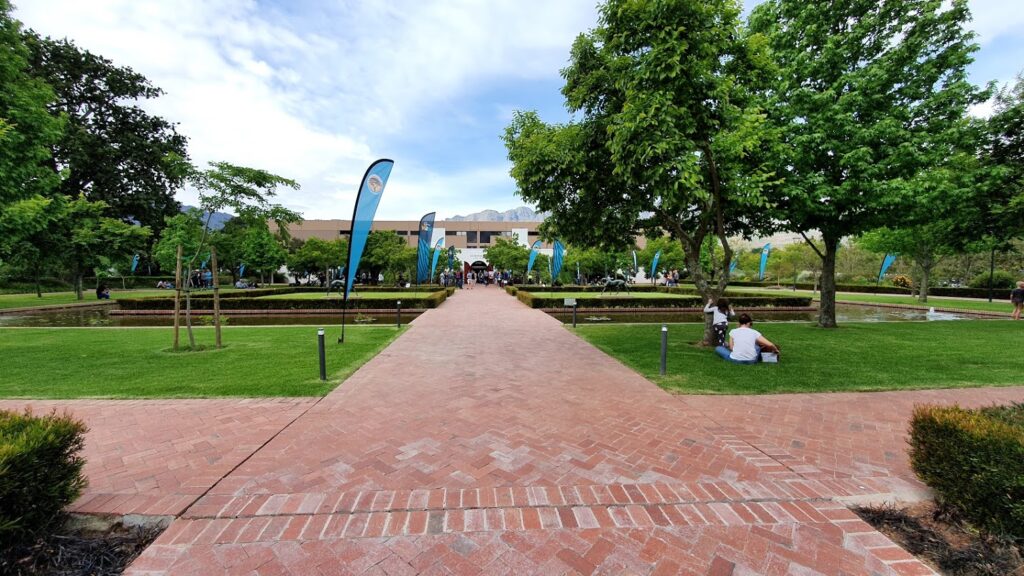

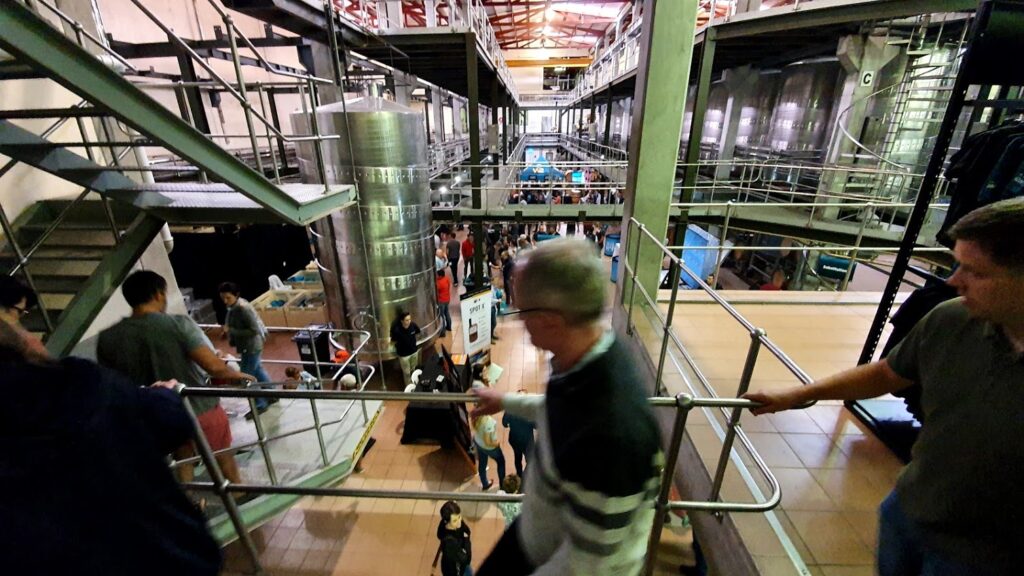
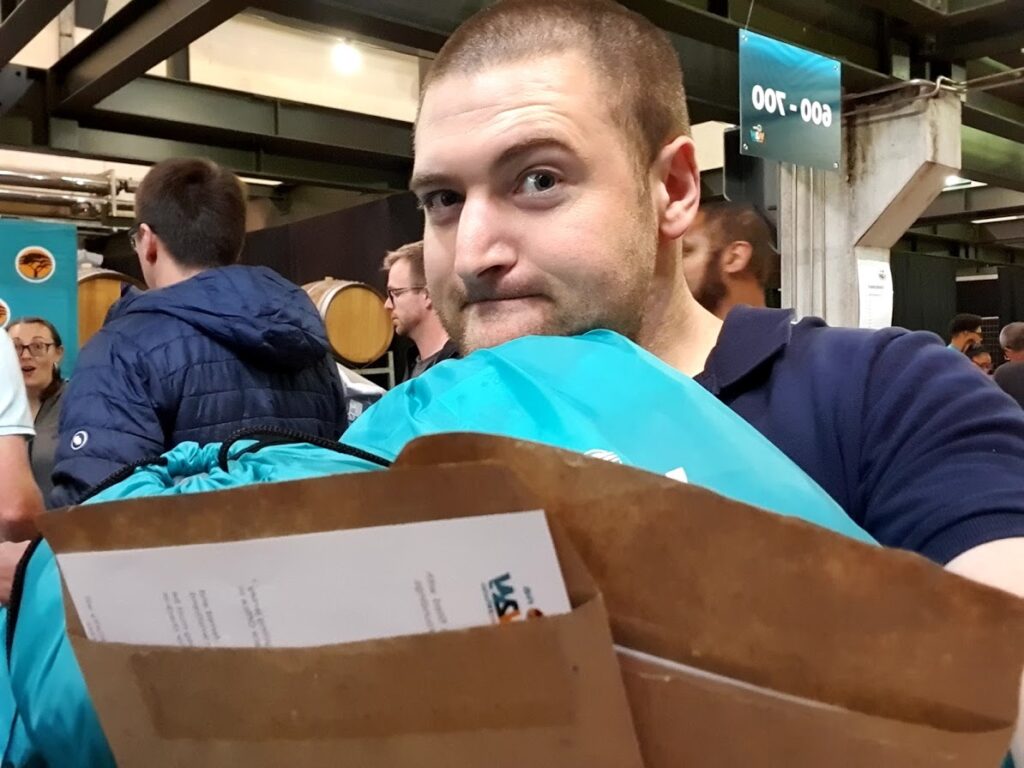
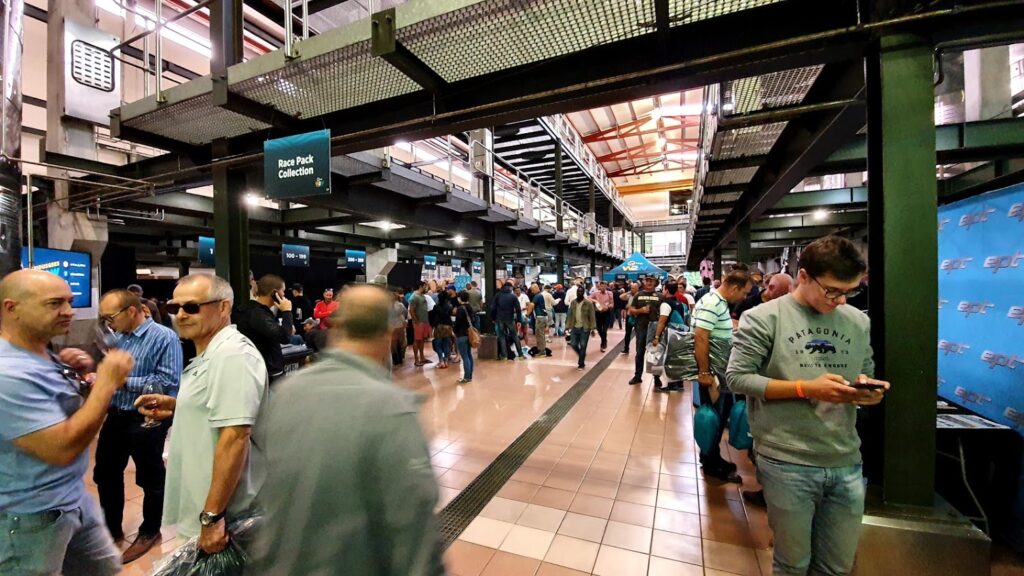
Lesson 1: Weather
You carry the risk of the weather turning bad (and it seemingly often does). In the week leading up to the event 90% precipitation was forecast for most of the 3-day event, with weather on Sunday looking particularly bad (winds in excess of 35 km/h).
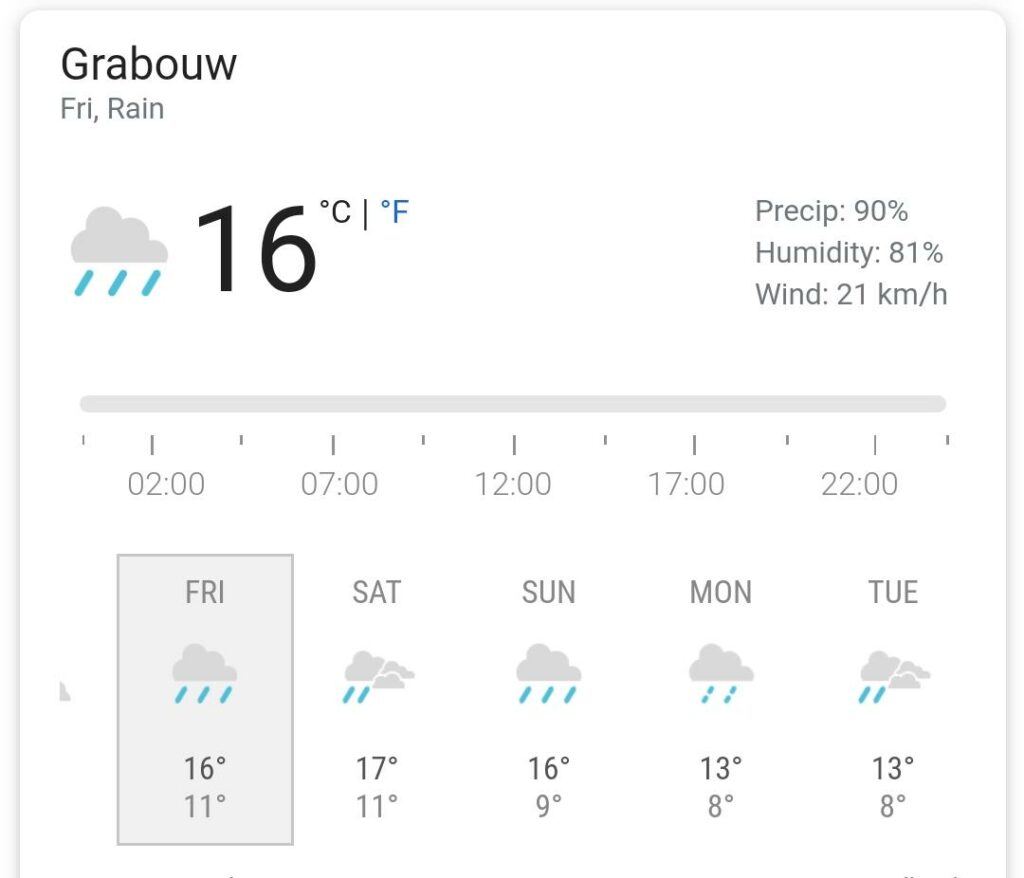
On arrival at the starting location, we found the weather really was quite wet.

There is a strong financial incentive (although sunken cost fallacy) to complete the event, even if the weather is utterly crap, because the organisers won’t cancel and you won’t get your money back. This year, the organisers allowed participants to skip day 1 and get a lift to the “race village” – but this isn’t really an option; for one, no one will respect you ever again and two you still get recorded as having not completed the race. BLERGH.
Part of me wasn’t keen on riding in the rain, howling winds, etc. climbing up Sir Lowry’s Pass – which even my old car struggled with, but my team mate was in high spirits and difficult to shut up, so here we go:
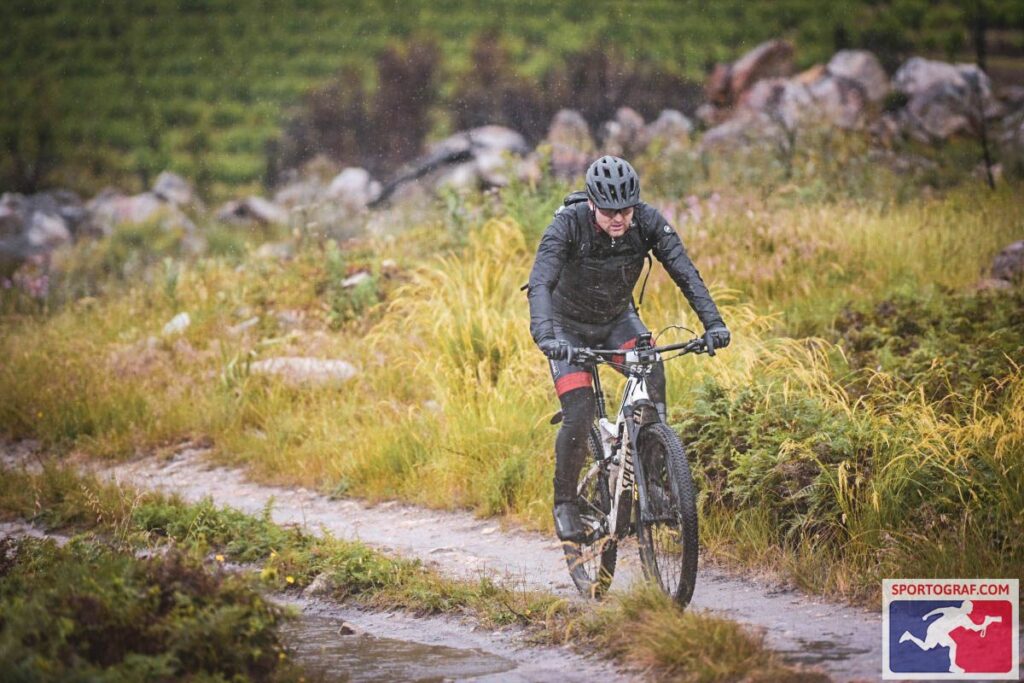
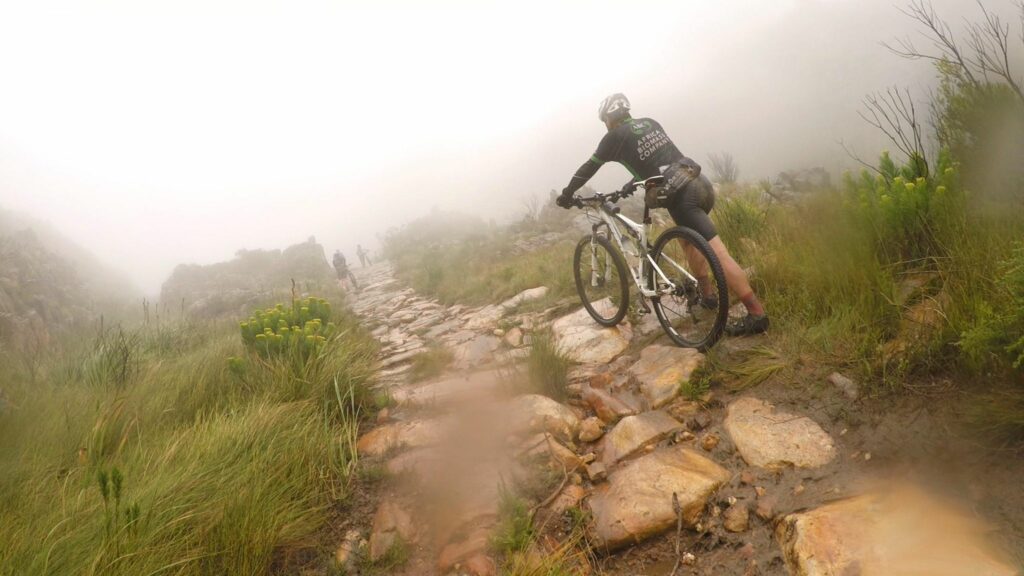

In short, there was a lot of rain, water and mud. All this caused some interesting malfunctions; gears would arbitrarily and temporarily skip, not select, select incorrectly… it was disconcerting.
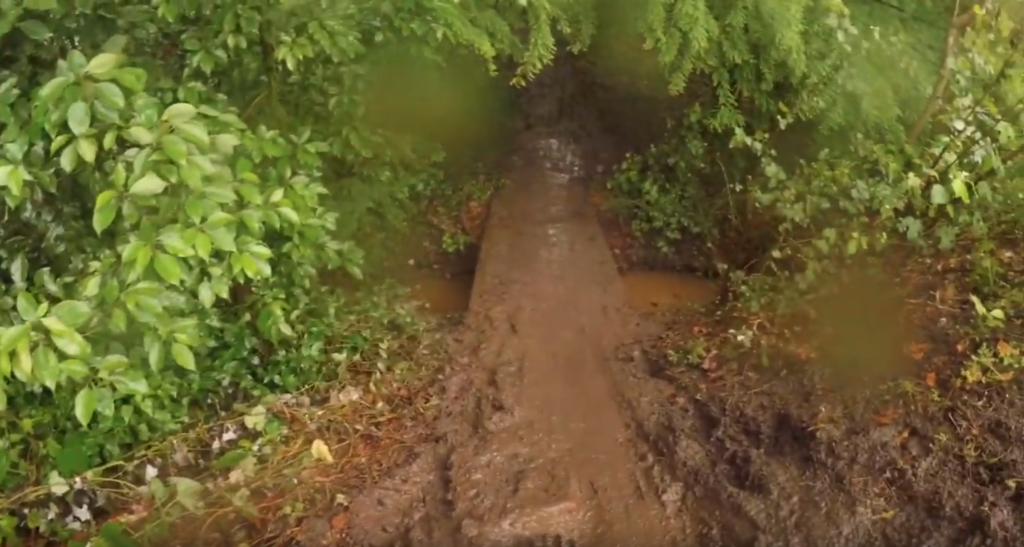
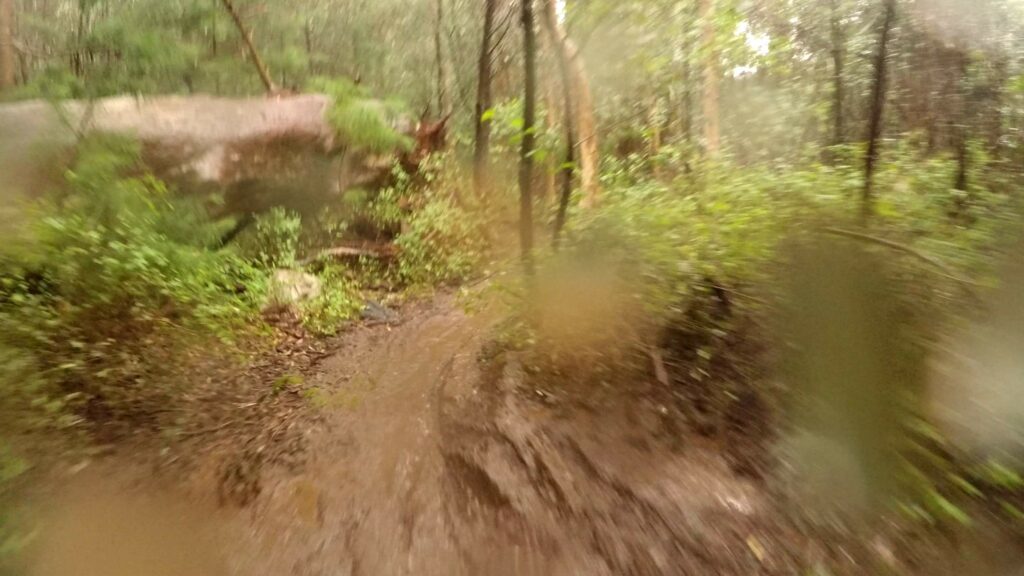
Yes, wet.
You then arrive at the finish, greeted by a ghost town and a disembodied voice:

Lesson 2: Brake Pads
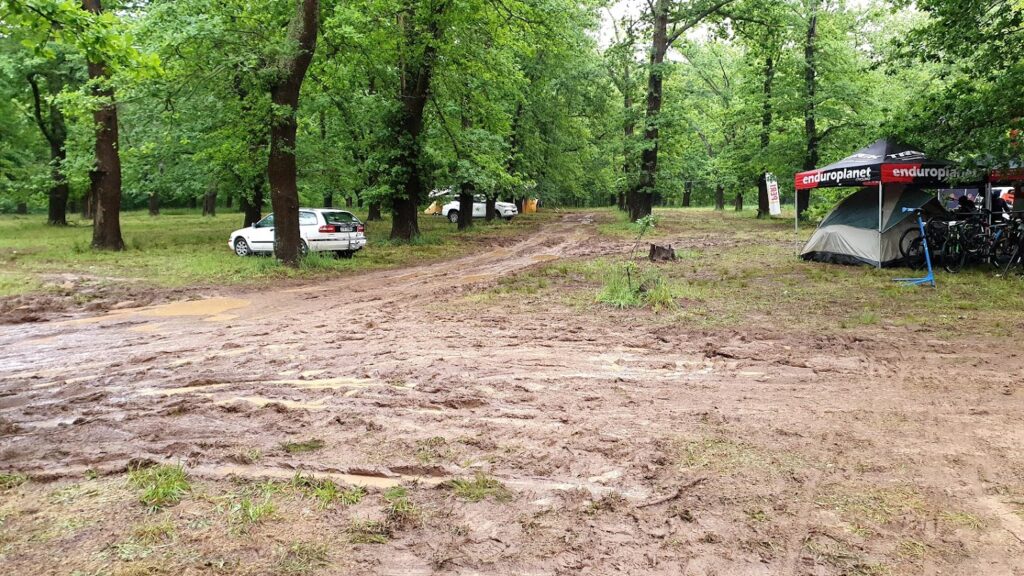
Of course, few realised/knew that wet conditions caused brake pads to evaporate. This caused everyone to go hunting for brake pads – and no one had provisioned for this scenario. The result resembled revelers at a rave looking for rare drugs. I happened to have spare brake pads, but I thought I was being paranoid when I packed them.
Lesson 3: Luxury Tents aren’t Luxurious
(so take a sleeping bag)
Let me take a moment to quote the Wines2Whales website on luxury tents:
- Access to the Luxury Tented Village Accommodation Area (this is security and accreditation controlled). This should go without saying.
- The tent is complete with interiors, carpeted flooring, beds & fresh bedding (but insufficient bedding to survive a rainy day, which this was).
- A bedside lamp as to ensure that you aren’t fumbling around in the dark. (but not near the bed, it was a general light attached to the roof, but okay)
- Private Luxury Hot Showers, which will make you feel as though you are staying at a five star luxury game lodge. (nothing private or luxury about these showers – I involuntarily saw several cocks while trying to shower in private)
- Toilets exclusive to the Luxury Tent Village (Yes, wouldn’t want to share a building-site toilet with those heathens. I’d rather have my own building-site porta-loo)
- Camping cupboard in order to make things a bit more comfortable. (comfort haha)
- Bedside table & bin (they did provide this)
- Two camping chairs (and this)
- Undercover sitting area outside the tent where you and your teammate can swap “war stories,” after each stage (or back in reality somewhere to dry out clothes and stash your bike)
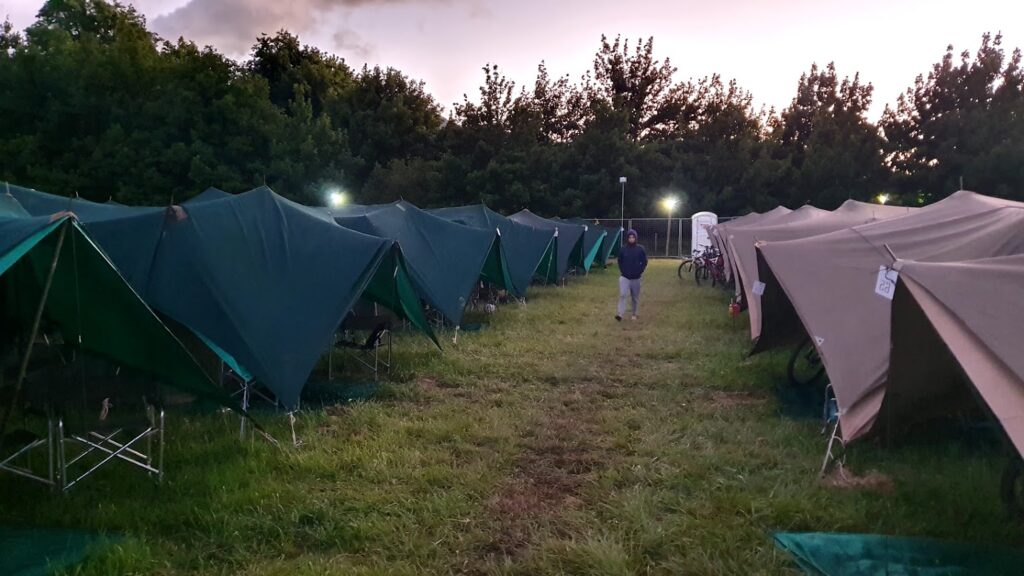
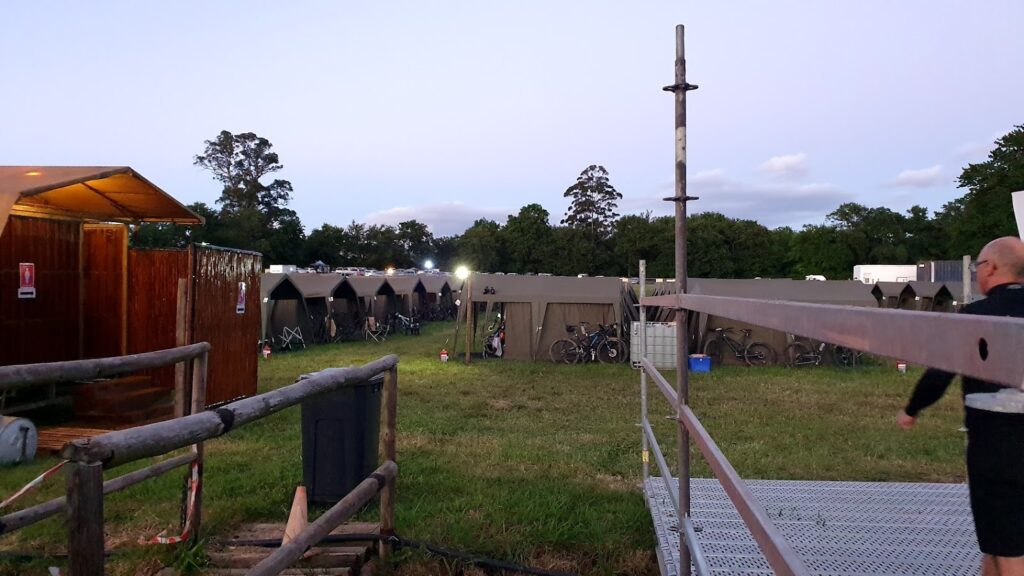
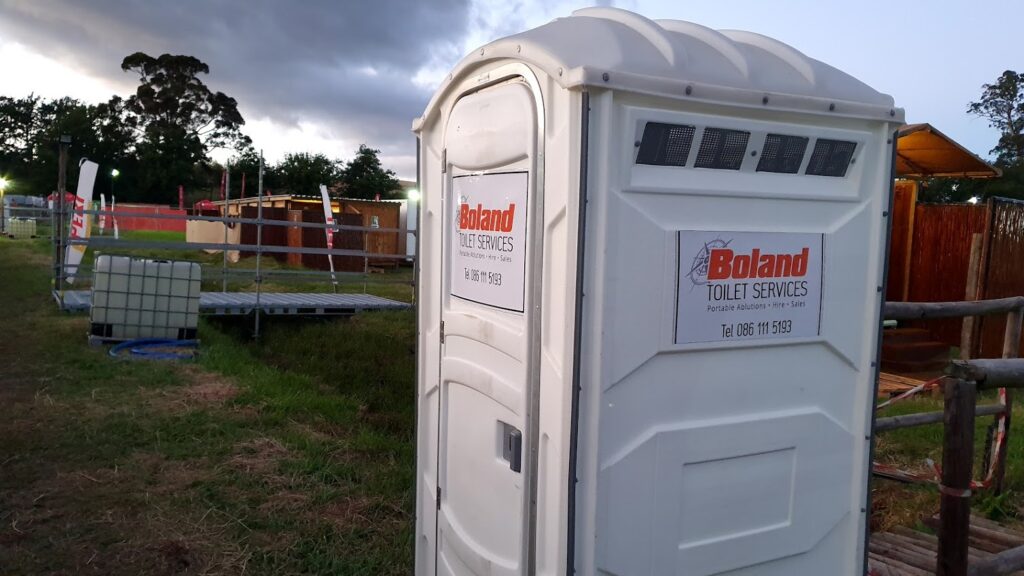
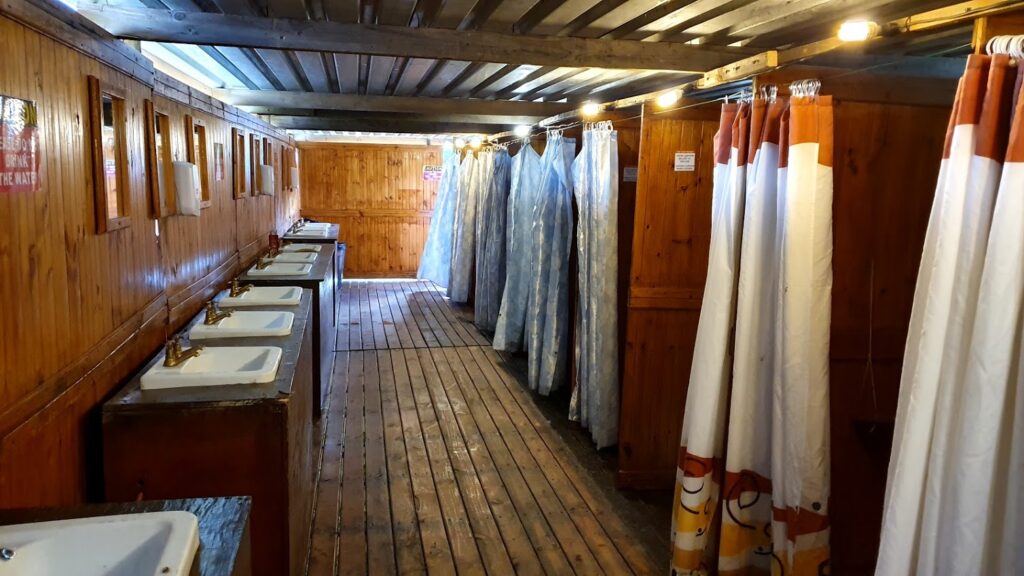
The luxury showers, in all their exclusivity and privacy, were okay. I’d hate to see what the non-luxury showers looked like. The problem with the luxury showers was (1) water pressure was inconsistent, (2) the water flow would stop entirely on a regular basis, (3) if anyone in the adjacent showers adjusted the temperature (which they often did) the showers would go ice cold or burn hot. Water was non-potable, so take a sponsored bottle of water with you when you brush your teeth. The lesson here is to wait for an hour after the race and then shower.
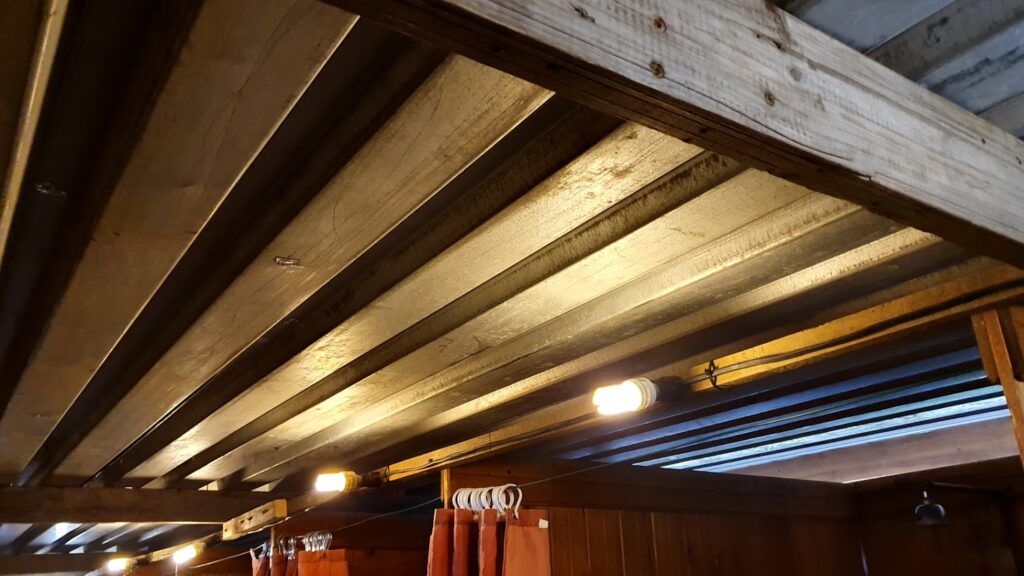
I suppose all of this is still better than the other local option:

Lesson 4: Food
In general, food was well catered for at this W2W. Woolworths did the catering (as far as I could tell). Some water points ran out of baby potatoes, leaving only super high-carb stuff remaining. In these cases I was pleased with my stash of nuts.
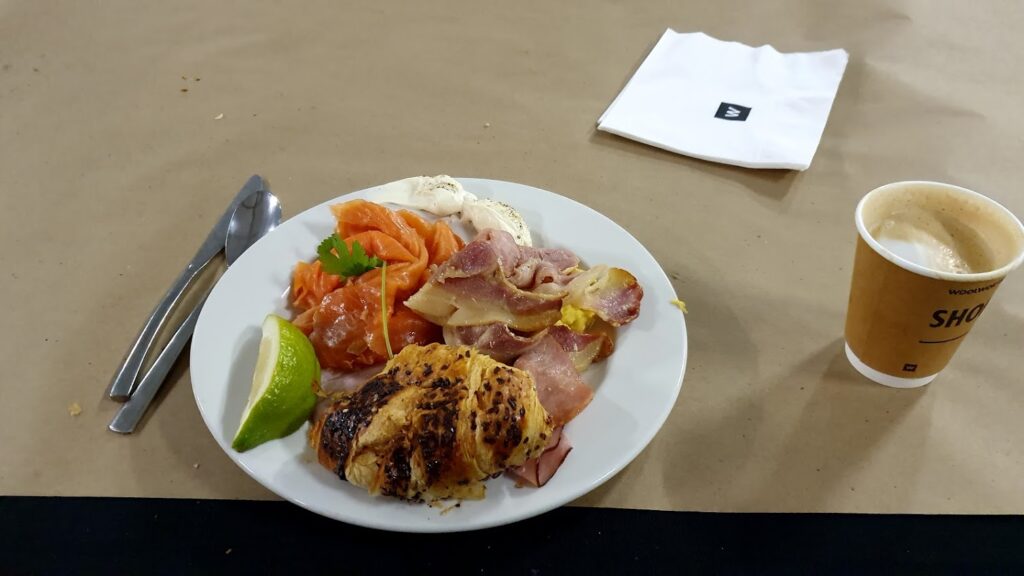
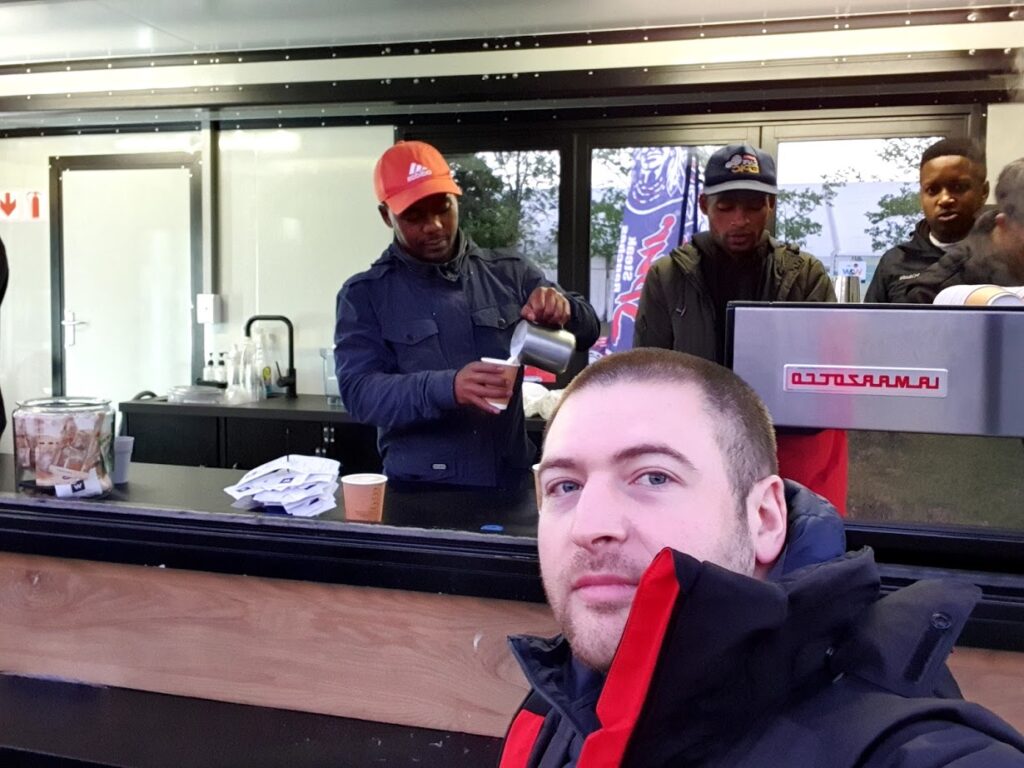
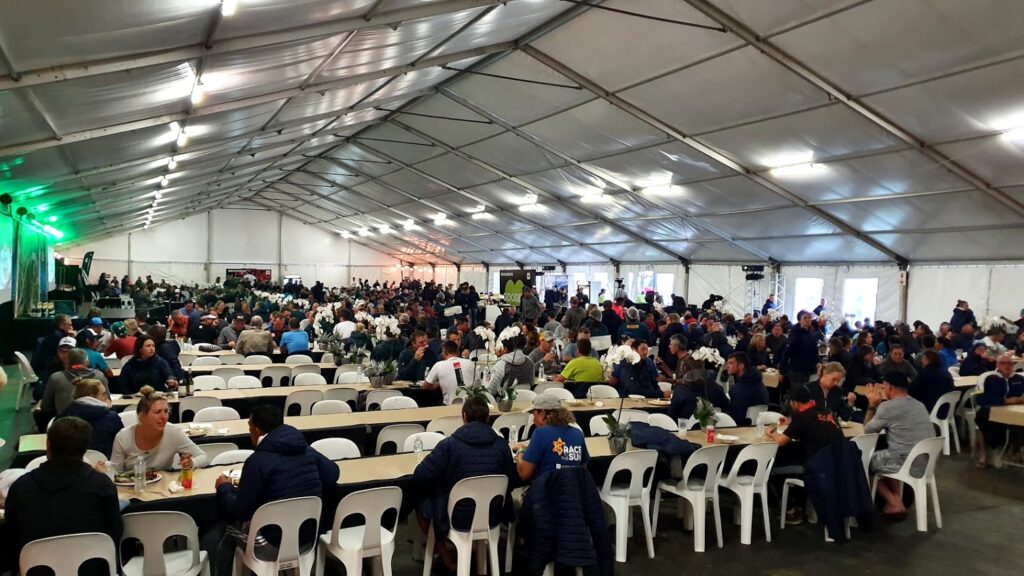
I used EQPIEQ’s “Keto 3-in-1” during and after the event as a convenient source of BCAAs and Caffeine.
Lesson 5: Don’t have anything fancy on your bike
because it’ll get wet and broken. Specifically be wary of your SWAT door and power meters experiencing water ingress.
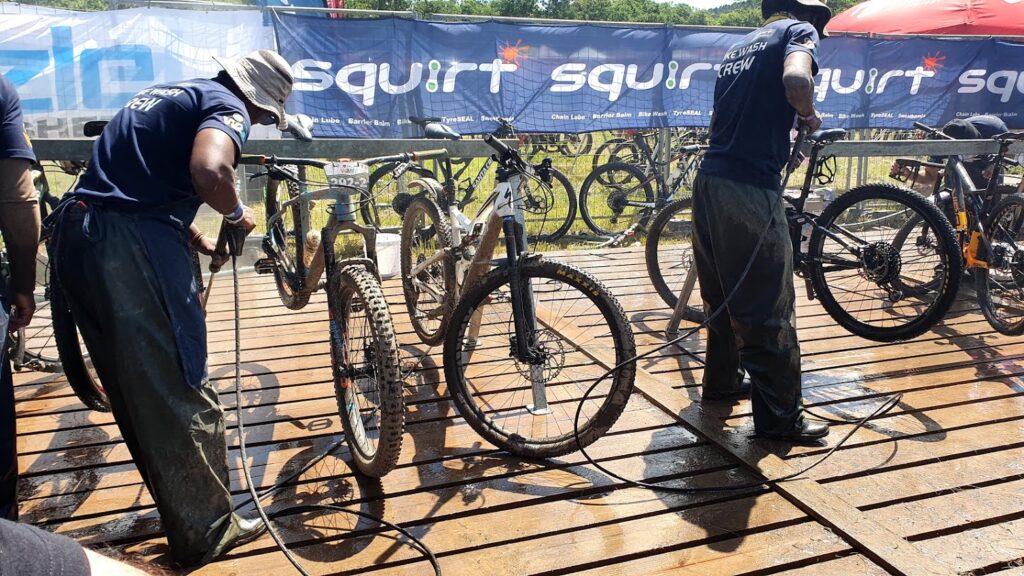
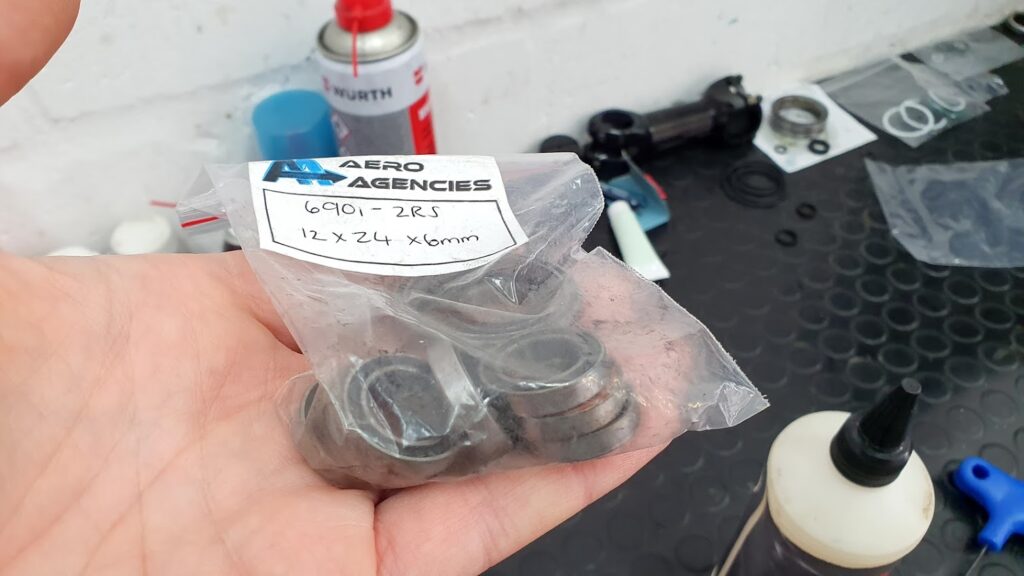

In Summary
- Take spare brake pads.
- Take general spares and tools.
- Lubricate components regularly, preferably with a wax-based lube.
- Don’t have anything in or on your bike you’re not prepared to break/lose.
- Use triathlon neoprene shoe covers for warmth and reduced water ingress.
- Don’t stay in the race village – it’s cold, wet, hopelessly overpriced, wind-swept and you’re not missing out on any #seriousGEES. Go there for the food and friends though.
- Replace your bike’s bearings after the event – seized bearings aren’t always obvious. At best they’ll slow you down and at worst can destroy a carbon fibre frame.
- A wheel with a wider internal diameter is a good idea (I’m using 30mm). This helped a lot with mud and rocks.
- If you can, pack specific footware (like Aquabooties) for the mandatory portage section; they’ll save your MTB shoes and probably be a lot more comfortable. This needs to be tested. The portage section is essentially a hike over rocks – it’s particularly vicious when its wet/a river.
- Take a supply of anti-inflammatories (like Ibuprofen).
- If it’s wet, take boots for the race village – W2W organisers don’t adequately cater for this, despite this being their 11th (?) year. The village and surrounding areas are mud deluxe.
- Be prepared for a lot of astro-turfing and corporate sponsorship speak during dinner. This is more important than being able to talk to your friends about #seriousGEES or whatever.
- Also be prepared to have the primary sponsor’s gender empowerment policies promoted to you, while you sit with your male friends and wonder what you did to deserve this.
Lastly, the trails rocked. Cut everything out, just cycle, you’ll have a great time.